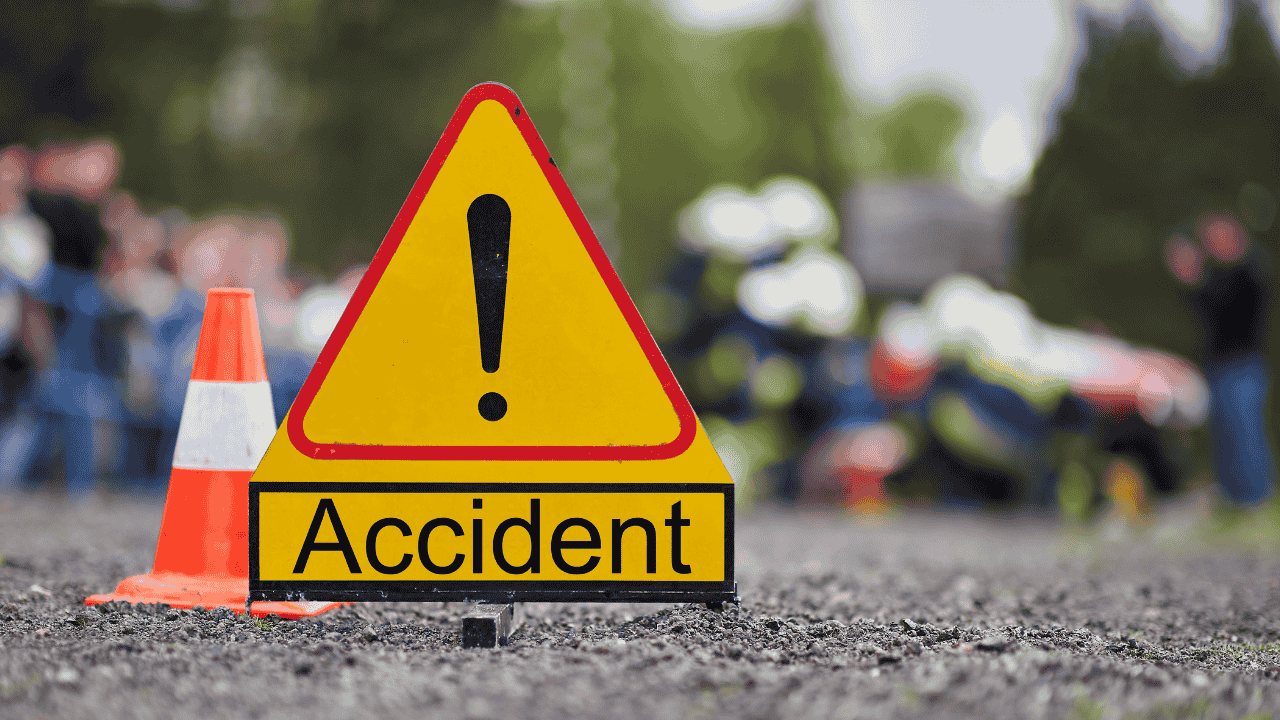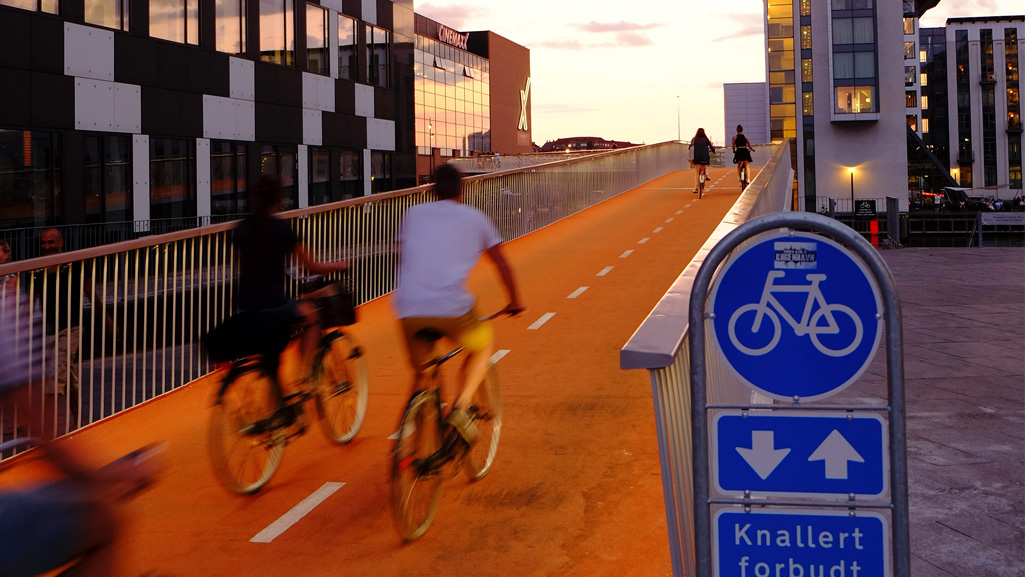Table of contents
The global significance of road safety
Road safety is a critical global issue with significant human and economic consequences. Every year, traffic accidents cause approximately 1.3 million deaths and millions of injuries, making road crashes a leading cause of death worldwide, particularly among young people. Road safety is ensured in very different ways around the world. Beyond the tragic loss of life, these accidents place immense financial burdens on individuals, families, and economies. The economic costs include medical expenses, lost productivity, and damage to infrastructure, amounting to hundreds of billions of dollars annually. Low- and middle-income countries bear the highest burden in ensuring mobility, as they account for over 90% of road fatalities despite having fewer vehicles.
Improving road and traffic safety through better infrastructure, stricter enforcement of traffic laws, and public awareness campaigns is essential to reducing these human and economic losses.
Origin and philosophy of Vision Zero
Vision Zero was introduced in Sweden in 1997 as a groundbreaking road safety policy based on the ethical principle that no loss of life or serious injury is acceptable within the road transport system. Unlike traditional approaches that balance safety with factors like traffic efficiency, Vision Zero prioritizes human life above all else: no loss of life is acceptable within the road transport system. The policy shifts responsibility to a large extent from road users alone to a shared system in which policymakers, planners, and vehicle manufacturers must design roads, vehicles, and regulations that prevent fatal accidents.
The core idea behind Vision Zero is that while human error is inevitable, the transport system should be designed to minimize the consequences of mistakes. Sweden’s implementation of Vision Zero has significantly reduced road fatalities and has influenced road safety policies worldwide, with many countries and cities adopting similar strategies to create safer, more forgiving road environments.

Core principles of Vision Zero
Vision Zero is built on several key principles that redefine road safety by prioritizing human life and well-being. Its foundational elements include:
- Shared Responsibility – Traditional road safety approaches place most of the responsibility on individual road users. Vision Zero, however, distributes responsibility between road users and system designers, including policymakers, urban planners, engineers, vehicle manufacturers, and law enforcement. While road users are expected to follow traffic rules, system designers must create a suitable environment.
- Human-Centric Road Design – Recognizing that people make mistakes, Vision Zero emphasizes designing “safer” roads and traffic systems that minimize the severity of crashes. This includes measures such as lower speed limits in pedestrian-heavy areas, roundabouts to reduce high-impact collisions, separated bike lanes, road barriers, and improved crosswalks with better visibility and signals.
- Safe Speeds – Speed is a critical factor in crash severity. Vision Zero promotes speed management strategies, such as lower urban speed limits and automated enforcement (e.g., speed cameras). These should ensure that when accidents do occur, they are less likely to cause serious injuries or fatalities.
- Proactive Approach – Rather than reacting to accidents, Vision Zero seeks to prevent them by identifying high-risk areas and implementing safety improvements before crashes happen. Data-driven analysis and special software helps determine where interventions like better lighting, pedestrian barriers, or traffic-calming measures are needed.
- Holistic System Design – Road and traffic safety should integrate vehicle technology, infrastructure improvements, enforcement, and education. Advances like automatic braking, lane departure warnings, and pedestrian detection in vehicles support the Vision Zero goal.
By focusing on these principles, Vision Zero has transformed road safety policy worldwide.
Global implementation of Vision Zero
There are many countries around the world that have adopted Vision Zero as part of their road safety strategies. The results have been mixed in terms of challenge and success, as seen below.
Sweden
Sweden was the first country to implement Vision Zero. Launched in 1997, Vision Zero revolutionized its road safety by prioritizing human life and shared responsibility. Sweden redesigned roads with roundabouts, median barriers, and protected bike lanes, enforced lower speed limits, and advanced vehicle safety technologies like automatic braking and lane departure warnings. Stricter traffic laws and public awareness campaigns further strengthened safety efforts.
Since adopting Vision Zero, Sweden has achieved remarkable progress in road safety, cutting traffic fatalities by over 50%, from 541 deaths in 1997 to around 200 today. The country now boasts one of the safest road systems in the world, with a fatality rate of just 2.0 deaths per 100,000 people, far below the global average. Sweden’s success has also had a global impact, inspiring countries like the U.S., Canada, and Germany to implement similar strategies in their efforts to improve road safety.
United States
Several U.S. cities have adopted Vision Zero to improve road safety, tailoring Sweden’s model to their unique urban landscapes. Cities like New York, San Francisco, and Washington, D.C. have implemented lower speed limits, expanded bike lanes, improved pedestrian crossings, and increased automated traffic enforcement. In New York City, fatalities dropped by nearly 30% between 2014, when Vision Zero was launched, and 2020, aided by redesigned intersections and stricter traffic laws. During the first quarter of 2025, traffic deaths in New York City reached historic lows. Other cities, such as Seattle, have also seen notable success by prioritizing safer road designs and enforcing speed reductions. With sensor and software technologies now enabling situational awareness with high-resolution, real-time vehicle data, achieving Vision Zero is getting ever closer.
However, challenges remain. Unlike Sweden, the U.S. faces a car-centric infrastructure, widespread resistance to lower speed limits, and inconsistent funding and political support across states. In some cities, traffic deaths have increased due to rising distracted driving, larger vehicles, such as SUVs, and growing pedestrian and cyclist populations. Enforcement disparities have also sparked concerns about equity, as some communities experience over-policing of minor traffic violations. While progress is evident, many U.S. cities struggle to match Sweden’s success, highlighting the need for stronger policies, infrastructure investment, and cultural shifts toward safer roadways.
Germany
Germany has integrated Vision Zero into its national road safety strategies, emphasizing a data-driven, engineering-focused approach to reducing traffic fatalities. The country’s Road Safety Program 2021 to 2030 aligns with Vision Zero principles, aiming for zero deaths by 2050 through safer infrastructure, stricter traffic laws, and advanced vehicle technology.
The country has invested heavily in intelligent traffic management systems, including adaptive speed limits on highways, separated bike lanes, and pedestrian-friendly urban planning. Cities like Berlin, Munich, and Hamburg have embraced lower speed limits in residential areas, expanded cycling networks, and improved public transit to reduce car dependency. Or at least work on accident analysis.
Despite these efforts, challenges remain. Germany’s famed Autobahn network, with sections lacking speed limits, remains a contentious issue in the Vision Zero debate, as high-speed crashes contribute to severe injuries and fatalities. Additionally, urban congestion, increasing use of e-bikes and e-scooters, and balancing traffic enforcement with public acceptance pose ongoing difficulties.
However, Germany continues to refine its strategy, leveraging vehicle automation, AI-powered traffic monitoring, and stricter drunk driving laws to move closer to its long-term goal of eliminating road deaths.

Benefits of Vision Zero
Without a doubt: There are certainly many benefits to implementing Vision Zero. They can be summarized under three headings: safety improvements, economic benefits, and social benefits.
Safety improvements
Worldwide, Vision Zero has led to significant reductions in traffic fatalities and serious injuries by promoting safer road designs, lower speed limits, and advanced vehicle safety technologies. For example, cities like New York saw a 24% reduction in fatalities within six years of adopting Vision Zero. The introduction of protected bike lanes, pedestrian-friendly infrastructure, and stricter traffic enforcement has made streets safer for all road users, contributing to reductions in pedestrian deaths by 40% in New York and 44% in London since the adoption of safety measures.
Economic advantages
Vision Zero’s impact on reducing accidents translates directly into significant cost savings. Studies have shown that the economic cost of road crashes in the U.S. alone is approximately $340 billion annually, encompassing healthcare costs, emergency response, and insurance claims. Reductions in traffic fatalities and injuries have resulted in lower medical costs, fewer insurance payouts, and less strain on emergency services. Additionally, improvements in road safety help boost productivity by reducing time lost from work due to accidents. Furthermore, investments in public transit and walkable urban areas create stronger local economies by increasing access to businesses and reducing traffic congestion.
Social benefits
Vision Zero also enhances the quality of life in cities by fostering walkable, bike-friendly communities, which has been shown to reduce traffic congestion and lower air pollution. For instance, studies in cities like Oslo have highlighted a decrease in traffic-related pollution, contributing to better health outcomes for residents. Vision Zero initiatives also promote social equity. They ensure that all individuals – regardless of age, income, or mobility – can travel safely. This focus on safety for all road users contributes to a more inclusive, connected society, where people can move freely without fear of fatal accidents. It’s the bacis idea from PTV Group, part of Umovity: Mobility for Humanity.
Developing a Vision Zero Action Plan
All the positive effects of road safety work are encouraging authorities to develop their own Vision Zero action plans – at least for reaching out to forward-looking mobility concepts. However, there are important contextual factors to consider: First, a Vision Zero action plan requires strong engagement from government agencies, local communities, and the private sector.
Furthermore, data analysis plays a crucial role in developing a Vision Zero action plan. Because it helps identify high-risk areas and understand patterns that contribute to traffic fatalities and injuries. Advanced software solutions are critical to getting the data you need. At least you need to be aware of policy reforms and infrastructure modifications.
Challenges in implementing Vision Zero
In the end, implementing Vision Zero faces challenges in cultural resistance, funding constraints, and measuring success. Public opposition to changes like lower speed limits or bike lanes can arise, as people often prioritize convenience over safety. Overcoming this requires public education campaigns and demonstrating the long-term benefits of these changes, alongside community engagement in planning.
Financial challenges can also hinder Vision Zero initiatives, as road redesigns and safety measures are costly. To secure funding, cities can seek public-private partnerships, federal grants, or redirect existing funds toward high-priority safety projects. Finally, tracking progress is complex, as success involves monitoring fatalities, injuries, and infrastructure effectiveness. Reliable data collection systems and regular reporting are necessary to assess and refine strategies, ensuring accountability and continuous improvement.
Vision Zero in the context of technological advancements
Indeed, Vision Zero can greatly benefit from technological advancements in both vehicle technology and infrastructure. Innovations such as autonomous vehicles (AVs) and smart infrastructure play a crucial role in achieving Vision Zero objectives. AVs equipped with advanced sensors and AI systems, can significantly reduce human error, which is a leading cause of accidents.
On the infrastructure side, smart traffic systems are able to use real-time data to adjust traffic signals dynamically, manage traffic flow, and prioritize safety features like pedestrian crossings. Connected road networks are used to communicate directly with vehicles to warn drivers about dangerous conditions or accidents, creating a safer, more responsive transport environment.
Furthermore, the collection and analysis of data is essential for predicting and preventing accidents. Traffic data, such as speed patterns, accident locations, and weather conditions, can be used to identify high-risk areas and implement targeted interventions. By analyzing data from smart sensors, cameras, and connected vehicles, cities are able to monitor real-time traffic conditions and adjust road systems accordingly. Furthermore, machine learning algorithms can analyze historical crash data to predict where accidents are most likely to occur. This allows proactive measures like changing traffic light timings or adjusting road designs.
The improvement of road safety works
In conclusion, Vision Zero represents more than just a traffic safety initiative – it’s an ethical imperative that prioritizes human life and ensures that no loss of life is acceptable within the road transport system. Every person, regardless of their role as a driver, pedestrian, or cyclist, deserves to travel safely. Achieving this vision requires a collective effort: from government agencies, local communities, the private sector, and technological innovations.
By embracing this shared responsibility, implementing evidence-based policies, and leveraging cutting-edge technologies, we can work together to create safer roads, reduce traffic-related fatalities, and ultimately save lives. Vision Zero isn’t just a goal – it’s a moral obligation to protect our communities, our future, and our collective well-being.

Start improving road safety today
No more fatal road accidents – road safety analysis is the basis.

Analyzing and understanding road safety
is the right way towards Vision Zero.
Bring Vision Zero life



